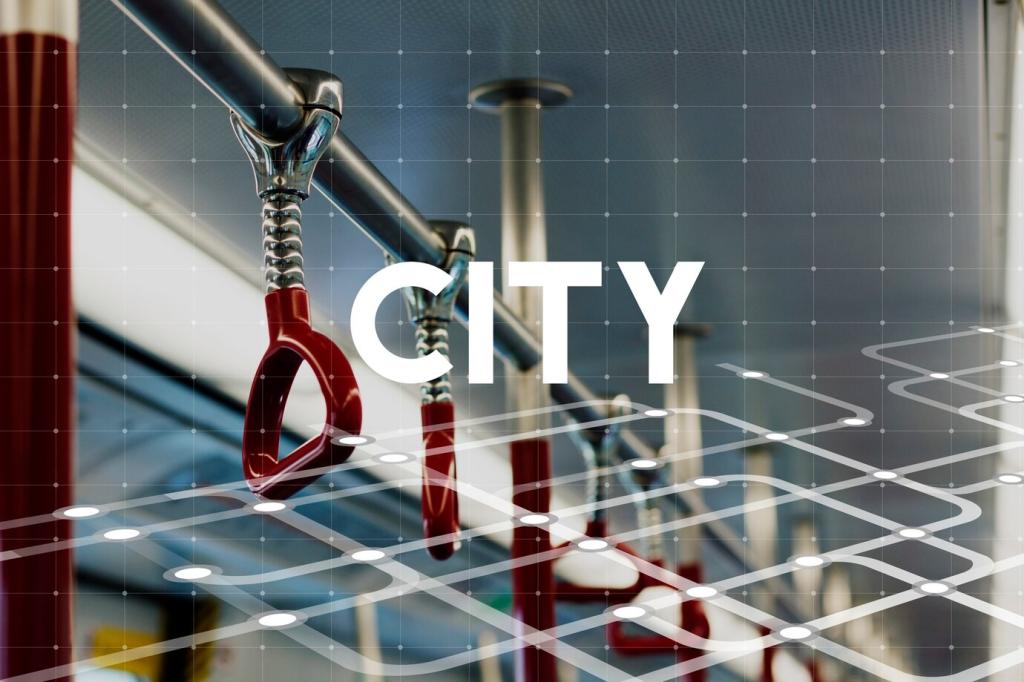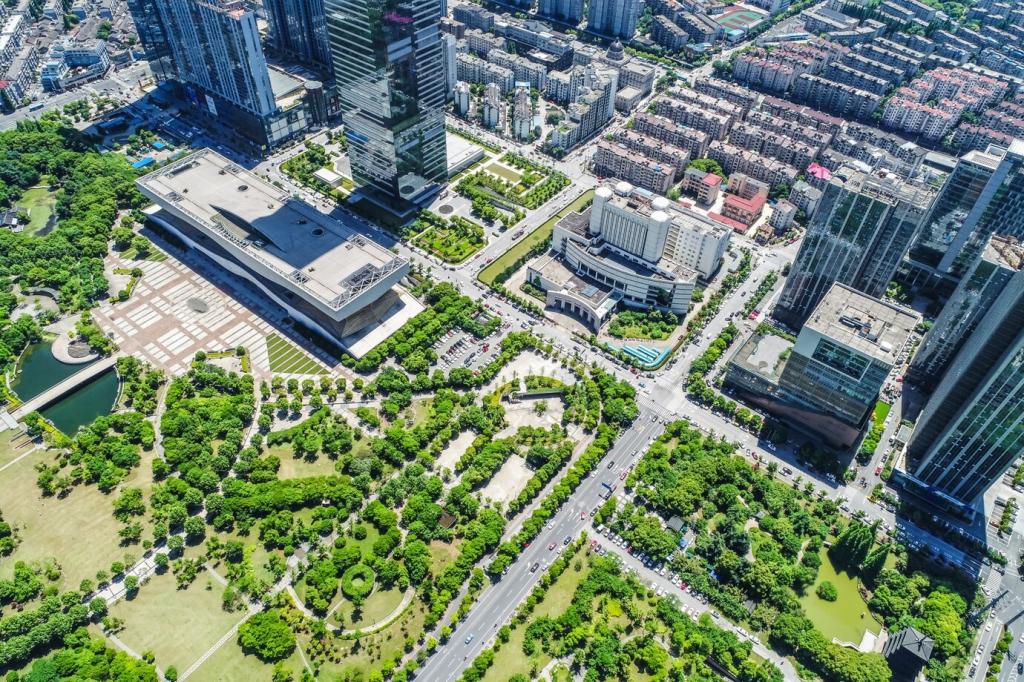Transforming Cities: Success Stories of Urban Community Gardens
Community gardens are revitalizing urban spaces around the globe, creating green oases where once there was only concrete and blight. These initiatives bring together citizens, foster environmental stewardship, and offer fresh produce in city environments. This page explores inspiring examples of how urban community gardens transform neighborhoods, showcasing the profound impact these vibrant, cooperative spaces have on cities and the people who call them home.
Urban Renewal Through Community Gardens
From Vacant Lot to Flourishing Green Space
In cities characterized by dense populations and limited greenery, neglected lots often become hotspots for dumping and urban decay. Community gardening initiatives have transformed these eyesores into symbols of renewal. Groups of neighbors come together, motivated by a shared vision, to clear debris and plant seeds—both literal and figurative. Over time, these once-forgotten corners bloom into lush gardens that offer fresh produce and a gathering space. The transformation extends to a shift in attitude among residents, who take pride in their neighborhood and are inspired to maintain these green jewels amid the urban sprawl.


Fostering Local Identity and Pride
The creation of community gardens has a tangible effect on neighborhood identity. These green spaces become more than plots for growing food—they represent a collective achievement that reflects the culture, values, and aspirations of the people involved. Residents collaborate on design, planting, and ongoing care, leading to a deep sense of ownership and pride. This shared experience often spills over into other community activities, uniting diverse participants and fostering a unique neighborhood culture centered around cooperation and sustainability.
Environmental Impact and Sustainability
The presence of thriving community gardens in city neighborhoods introduces a noticeable improvement in local air quality and microclimates. Plants and trees help filter pollutants, mitigate heat island effects, and increase humidity, making urban environments healthier and more comfortable year-round. These gardens also slow stormwater runoff and provide shade, benefiting not only the gardeners but also passersby and the broader community. As climate adaptation strategies become increasingly vital, urban community gardens stand out as practical tools for building resilient cities equipped to handle environmental stresses.
Previous
Next

Alleviating Food Deserts and Food Insecurity
For many city residents, access to fresh, healthy produce can be a daily challenge—particularly in areas described as “food deserts.” Community gardens offer a direct response, providing affordable and nutritious food mere steps from where people live. With collective efforts, residents plant, nurture, and harvest a range of fruits and vegetables, making healthy choices more accessible and alleviating reliance on processed foods. This empowerment not only improves physical health, but also deepens the connection between people and the origins of their food, fostering a culture of wellness and self-sufficiency.

Promoting Economic Opportunities and Skills
Beyond addressing food needs, community gardens stimulate local economies and nurture entrepreneurship. Gardeners learn valuable skills in agriculture, horticulture, and small-scale business management. Some ventures go further, selling surplus produce at local markets or establishing micro-enterprises related to canning, catering, or garden-related crafts. These projects provide supplementary income while strengthening local economies, proving that urban gardens are catalysts for creative enterprise and economic resilience.

Creating Inclusive and Welcoming Spaces
Urban community gardens are notable for their role in promoting inclusion across cultural, generational, and socioeconomic lines. They provide neutral ground where people give and receive knowledge, bridge language barriers, and celebrate cultural diversity through gardening practices, culinary traditions, and festivals. These inclusive spaces combat isolation and serve as vital platforms for community dialogue, collaborative problem-solving, and mutual support, resulting in neighborhoods that are more equitable, vibrant, and welcoming for all.
